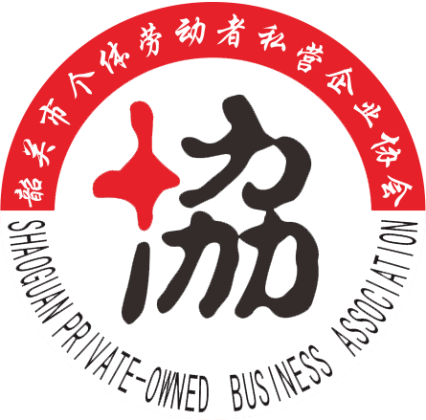汉语水平考试(简称HSK)为测试母语非汉语者(包括外国人、华侨和中国少数民族考生)的汉语水平而设立的一项国际汉语能力准化考试。
HSK由北京语言大学汉语水平考试中心设计研制,包括基础汉语水平考试〔简写为HSK(基础)〕,初、中等汉语水平考试〔简写为HSK(初、中等)和高等汉语水平考试〔简写为HSK(高等)〕。
HSK每年定期在中国国内和海外举办,凡考试成绩达到规定标准者,可获得相应等级的《汉语水平证书》。中国教育部设立国家汉语水平考试委员会,该委员会全权领导汉语水平考试,并颁发汉语水平证书。
截止2014年,全球共有汉语水平考试考点860个,其中海外考点530个,分布于112个国家,中国国内考点330个,分布于71个城市。
国内考场
HSK官方报考中心是由中华人民共和国授权考试,报名。主要城市包括:上海、北京、广州、郑州、西安、南京、深圳、青岛等一线城市以及主要的二线城市。国家汉办在2005年之后将HSK考点进行了整合分配,使得考试资源更为集中化,合理化。
海外考场
亚 洲
日本(东京、大阪、京都、名古屋、福冈、金泽、札幌、神户、广岛)、韩国(首尔、大邱、大田、釜山、光州)、新加坡(新加坡)、菲律宾 (马尼拉)、马来西亚(吉隆坡)、泰国(曼谷、喃邦)、越南(胡志明、河内)、缅甸(仰光)、印度尼西亚(雅加达、泗水、万隆、棉兰)
大洋州
澳大利亚(悉尼、墨尔本)、新西兰(奥克兰、惠灵顿、基督城)
美洲
美国(怀恩多特、休斯顿、纽约)、加拿大(温哥华、 埃德蒙顿、蒙特利尔、伦敦市、多伦多)
欧洲
法国(巴黎、波尔多、马塞、雷恩)、意大利(米兰、威尼斯)、德国(汉诺威)、英国(伦敦)、俄罗斯(莫斯科、符拉迪沃斯托克)、芬兰(于维斯屈来)、奥地利(维也纳)、瑞典(隆德)、丹麦(奥尔胡斯)、比利时(根特)、匈牙利(布达佩斯)
考试结构
新HSK是一项国际汉语能力标准化考试,重点考查汉语非第一语言的考生在生活、学习和工作中运用汉语进行交际的能力。HSK包括HSK(一级)、HSK(二级)、HSK(三级)、HSK(四级)、HSK(五级)和HSK(六级)。
作为外国留学生进入中国院校学习的汉语能力的证明,HSK成绩有效期为两年(从考试当日算起)












 2017-02-21
695
1
2017-02-21
695
1
 2017-02-21
592
0
2017-02-21
592
0
 2017-02-21
615
0
2017-02-21
615
0
 2017-02-21
622
1
2017-02-21
622
1